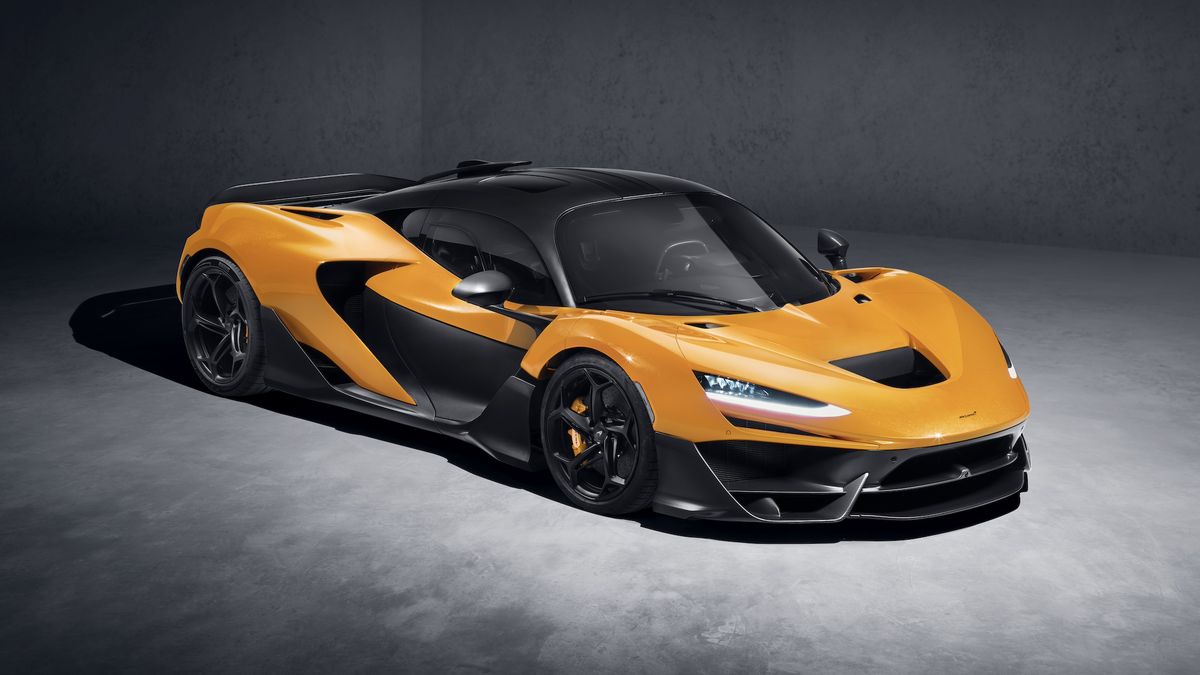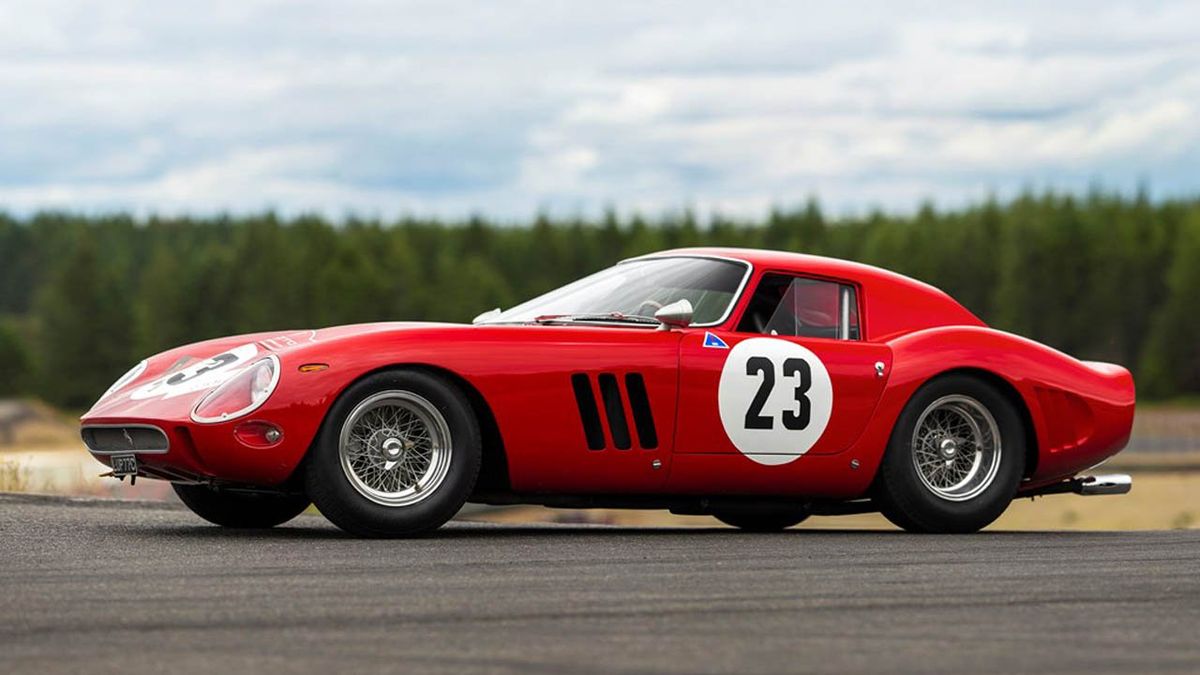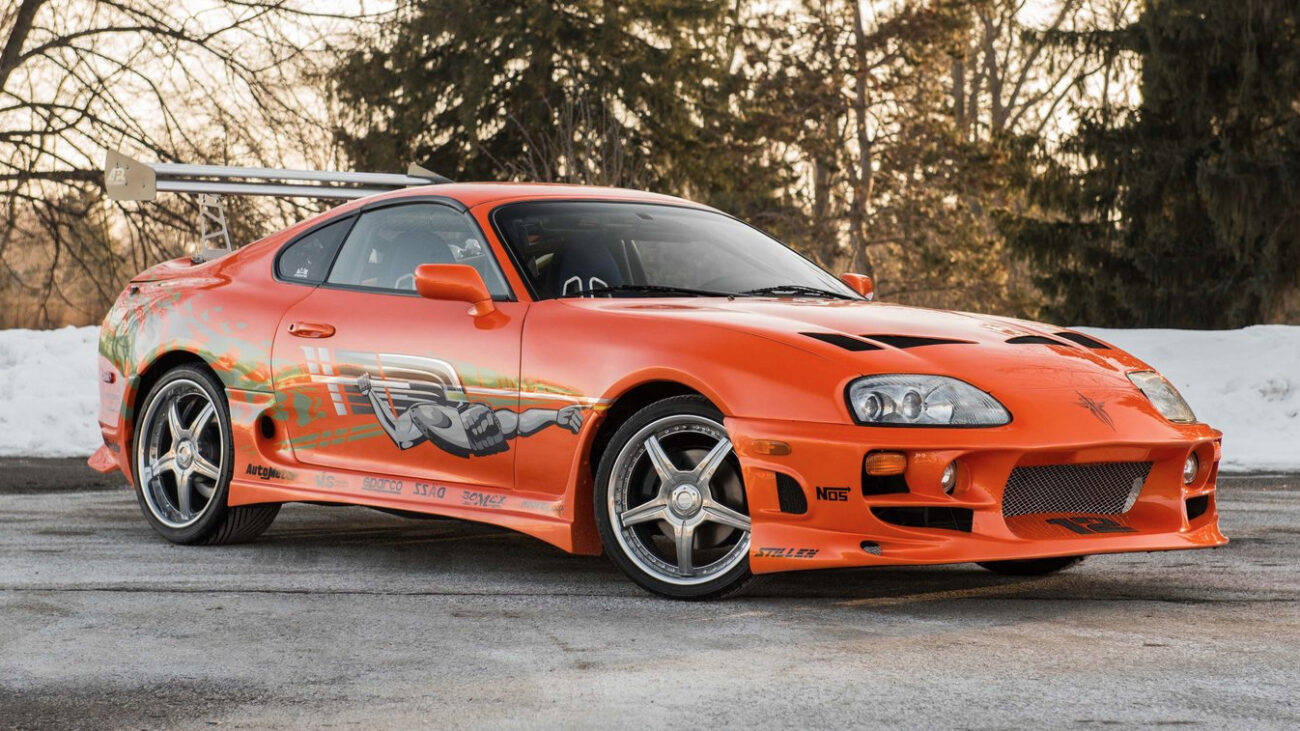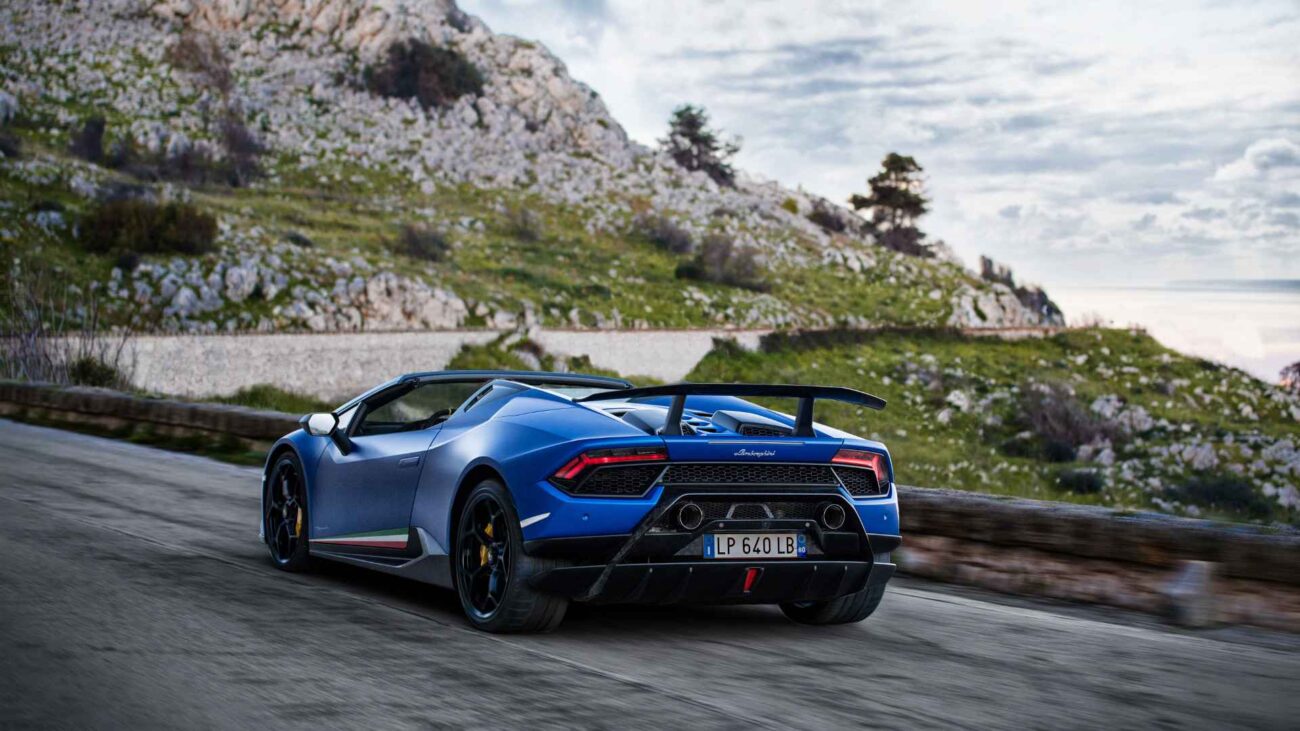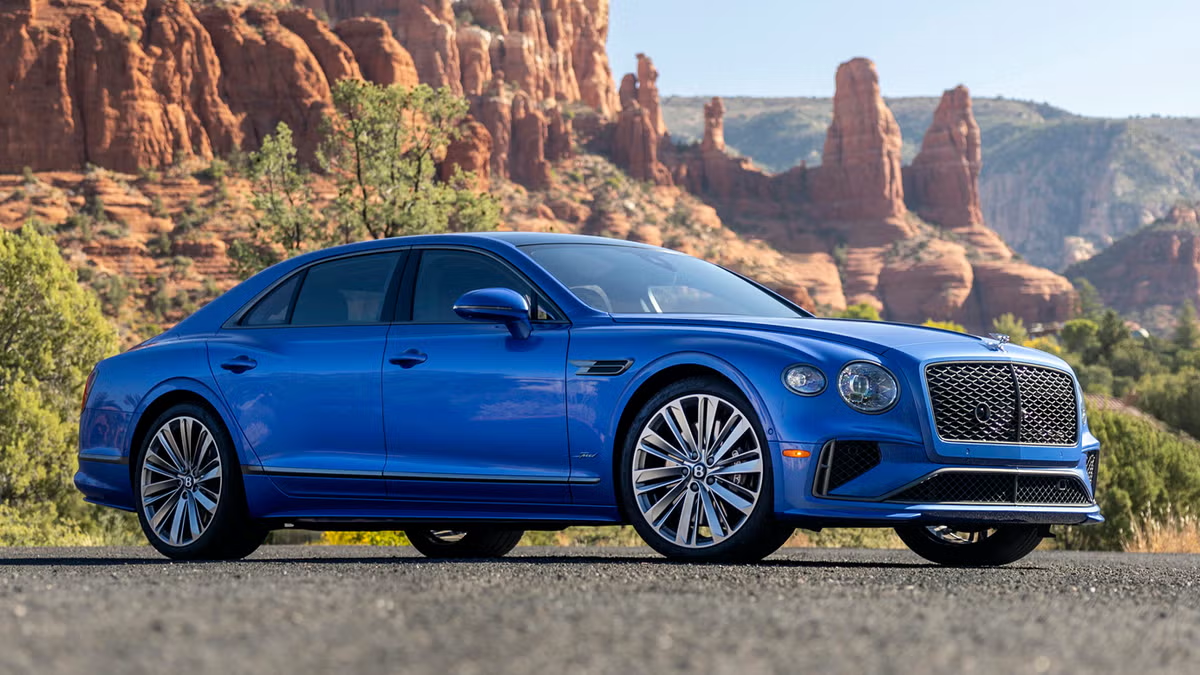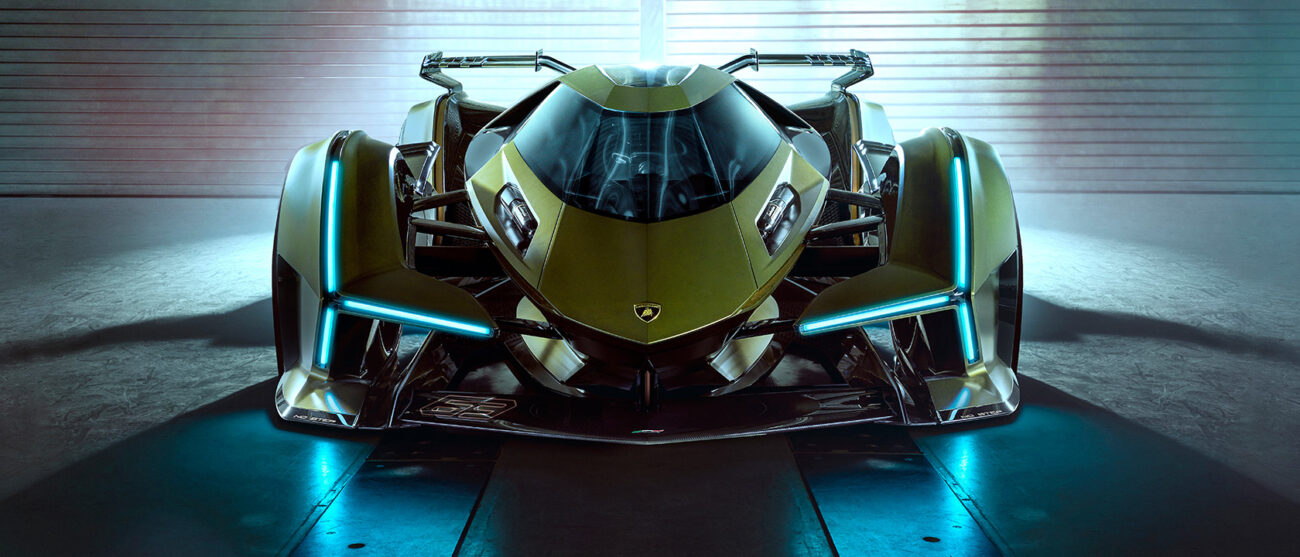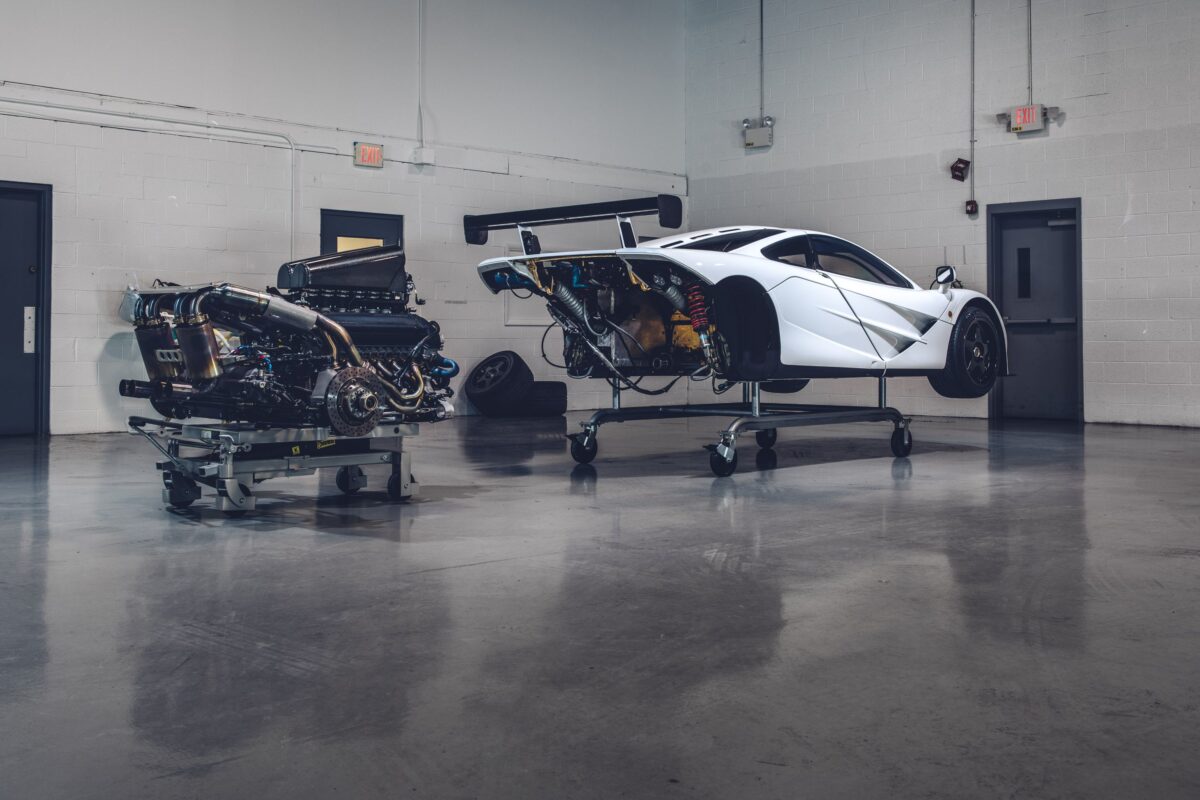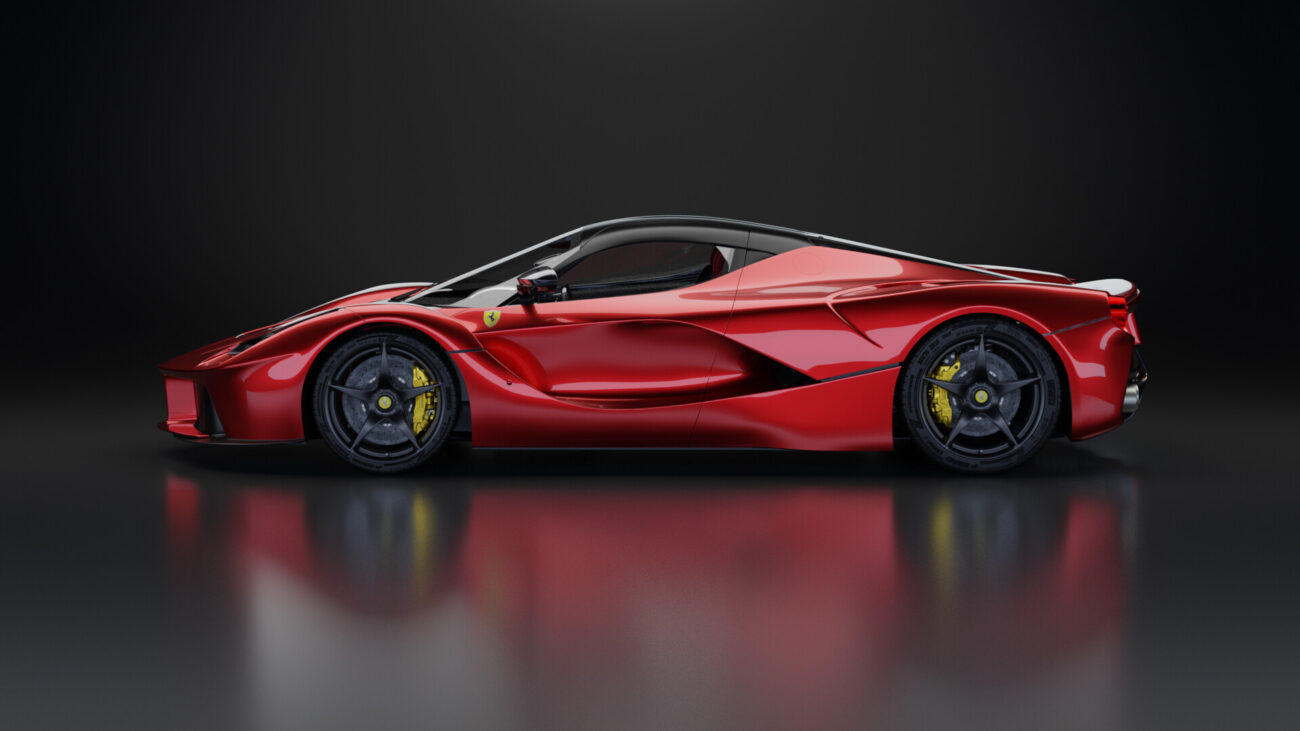The Market and What Drives Value
Investing in cars isn’t just about owning a beautiful machine—it’s about understanding history, market trends, and the ever-changing tastes of collectors. What was once a showroom marvel can become a multi-million-dollar classic decades later, while some cars, no matter how well-built, fade into obscurity. The key is knowing what makes a car more than just a mode of transportation but a piece of automotive history worth preserving and, more importantly, appreciating in value.
One of the strongest indicators of a valuable investment car is rarity. Limited production runs, factory specials, and homologation models often fetch top dollar as the years pass. Think of the McLaren F1, once a revolutionary hypercar and now a $20 million collectible. Or the Ferrari 250 GTO, which originally sold for $18,000 in the 1960s and is now worth upwards of $50 million. These are extreme cases, but they illustrate a clear trend—scarcity drives value.
Beyond rarity, a car’s story plays a huge role in its desirability. Some cars achieve legendary status due to their racing pedigree, such as the Ford GT40, which famously dethroned Ferrari at Le Mans. Others gain recognition through pop culture, like the DeLorean DMC-12, immortalized in Back to the Future. Ownership history also adds an extra layer of allure — cars previously owned by celebrities, royalty, or motorsport legends tend to command higher prices. When Steve McQueen’s 1968 Ford Mustang GT from Bullitt went up for auction, it fetched a staggering $3.7 million—proof that provenance matters just as much as performance.
Spotting Future Classics and Market Trends
Brand reputation is another key factor. Ferrari, Porsche, Lamborghini, Bugatti, and Aston Martin are names that consistently hold weight in the collector car world. However, not all models from prestigious brands appreciate in value. The trick is recognizing future classics before they become unattainable. The Porsche 911 R, for example, was initially sold for around $185,000 but quickly surged to over $500,000 due to its limited production and pure driving appeal. Similarly, some modern-day supercars and limited-production EVs could become tomorrow’s six- or seven-figure collectibles.
A fully documented car with matching-numbers engine, original paint, and factory specs will always be more desirable than one that’s been heavily modified. Restoration can add value, but only if it’s done meticulously and with period-correct parts. Cars that retain their originality, especially with low mileage and complete service records, often command premium prices at auctions. A collector should focus on key aspects when considering an investment: authenticity, documentation, condition, and restoration quality. A well-preserved example will always be more attractive to buyers than one that has been extensively altered.
Timing Your Investment and Looking Ahead
Timing is everything when investing in collectible cars. Some models are undervalued now but have the potential to appreciate in the future. A great example is the Toyota Supra MK4, which was once an affordable Japanese sports car and is now a six-figure collector’s item. The same goes for first-edition EVs — early Teslas and other pioneering electric models could become the future’s prized collectibles, much like how the first-gen Lamborghini Countach skyrocketed in value over time.
If you’re considering adding an investment-grade car to your collection, the best time to buy is before demand outpaces supply. The collector car market is cyclical, and those who identify trends early stand to gain the most. Whether it’s an air-cooled Porsche 911, a Ferrari V12 grand tourer, or a cutting-edge hypercar, the key is recognizing vehicles that blend exclusivity, provenance, and enthusiast demand.
Why Buy From Us?
For those looking to make a sound automotive investment, our curated collection of luxury and collectible cars offers the best opportunities in the market. We provide expert guidance, verified provenance, and exclusive access to high-value vehicles that meet the highest investment criteria. Plus, with flexible financing options and the ability to purchase using cryptocurrency, acquiring your dream investment car has never been easier or more secure.
Ultimately, investing in cars requires passion, patience, and market insight. While not every vehicle will yield a seven-figure return, those that combine rarity, historical significance, brand prestige, and strong demand have the best chance of becoming lucrative assets. Whether you’re seeking a classic Ferrari, a homologation special, or a modern supercar with future potential, smart investing starts with deep research and a keen eye for the next big thing in the collector car world.

